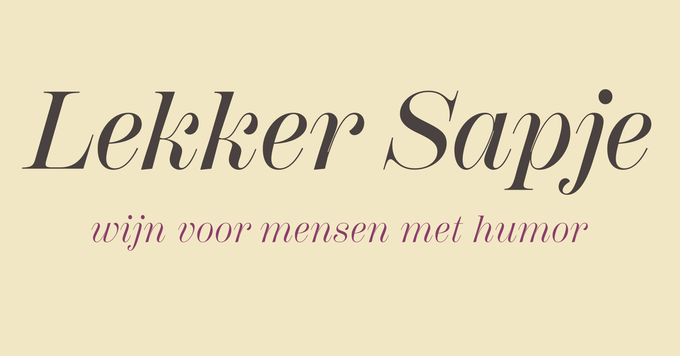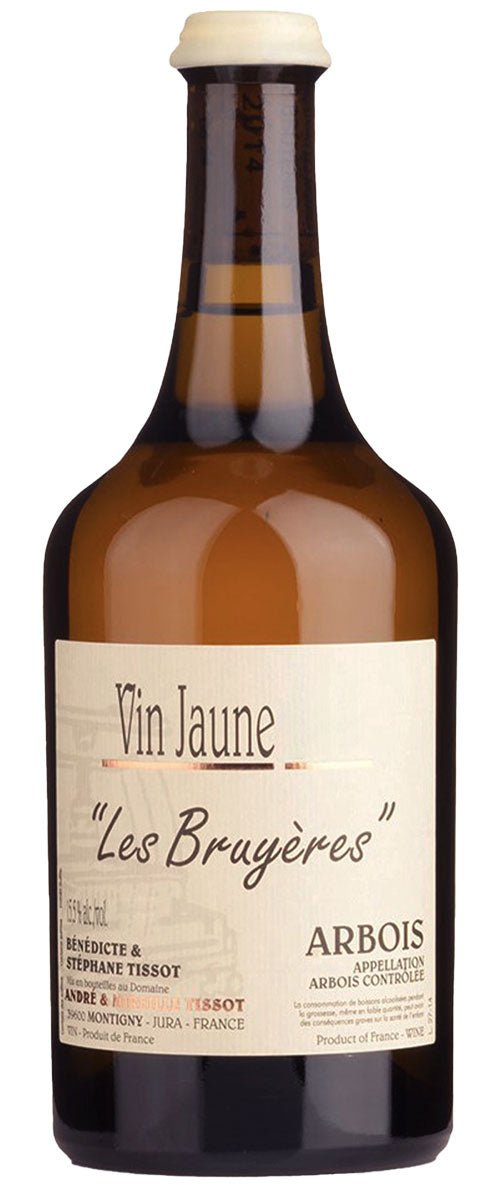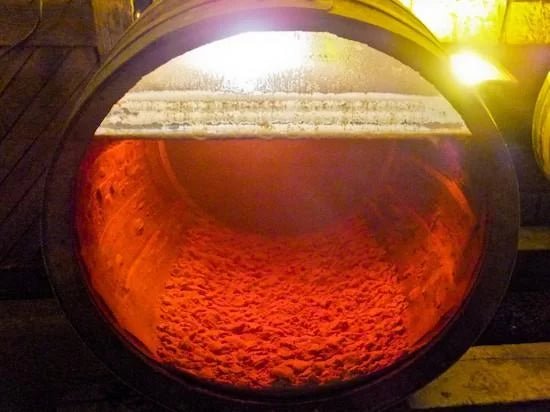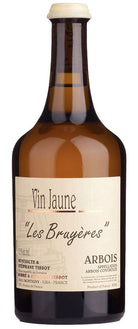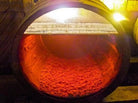A&M Tissot, Vin Jaune Les Bruyères, Arbois, Jura
Couldn't load pickup availability
Description
Tissot, Vin Jaune Les Bruyères , Jura . In 2011, Stéphane succeeded for the first time in creating distinctly different Vin Jaunes from six different Jura terroirs—unique! Tissot wanted to demonstrate that terroir does indeed matter in oxidative aging. And he succeeded brilliantly!
Normally, the idea is that oxidation destroys every nuance of a terroir or grape variety. Think of many natural wines where the grape variety is completely unrecognizable. Vin Jaune may only be made from the Savagnin (aka Traminer) grape variety.
This Tissot, Vin Jaune Les Bruyères, from 2016, is full-bodied and rounded, with a salty edge. A magnificent wine! Lush single malt notes. The acidity is more prominent here, with salty notes, similar to those of Islay malt whiskies. Also present are hazelnut, almond, and dried fruit such as apricot and dates.
The vineyard faces north, and here grow the estate's oldest Savagnin vines . Tasting this wine is truly an experience!
- Serving: 12 °C
- Drinks: now up to 2100+ (not a typo!)
Vin Jaune from the Jura, the French sherry?
The vinification of Savagnin grapes into vin jaune (yellow wine) is unique. It resembles that of sherry. After fermentation in the spring, the wine is aged in barriques for at least six years and three months . The winemaker deliberately does not refill the barrels when some of the wine has evaporated (primarily the alcohol evaporates in contact with the air). The wine also oxidizes during this process.
A floating layer of yeast cells forms on the wine, called a "voile" (veil) in the Jura and a "flor" in Spain. This prevents oxygen from reaching the wine. The yeast cells convert any remaining sugars in the wine into alcohol and carbon dioxide. Vin Jaune is not a fortified wine.
Voile, the secret of Vin Jaune
Besides yeast, the voile or flor consists of acetic acid bacteria that combine oxygen and alcohol. (For the chemists: ethanol becomes ethanal, which smells like sherry.) Contact with acetic acid bacteria normally turns wine into an undrinkable, sour vinegar. The French word for vinegar is vinaigre—vin aigre = sour wine.
But vin jaune develops over those years in barrels into a beautiful dry wine with a golden yellow color and a particularly rich nose. This can be seen , among other things, because the Savagnin grape itself has a high acidity (a low pH) and acetic acid bacteria do not like that.
It gets even crazier. The barrels are stored not only in cellars but also in attics. This also happens in Madeira. By alternating the aging wine between a "cave à jaune" or "cave sous les toits" and a cold cellar, the wine is deliberately exposed to large temperature fluctuations. Something you avoid with other wines.
During the prescribed six years and three months that the vin jaune matures in barrels, the winemaker loses approximately 38% of his wine through evaporation. This lost wine is called " part des anges ." Therefore, the wine is bottled in a 62-centiliter bottle . This bottle – the clavelin – indicates how much wine was lost during aging.
- Savagnin is one of the parents of Chenin blanc, Sauvignon blanc, Grüner veltliner and Trousseau.
- Savagnin is one of the grandparents of Cabernet Sauvignon, which itself is a descendant of Sauvignon Blanc.
More information
Wine region : Jura
Method : Biodynamic
Grape variety(ies): Traminer / Savagnin
Year : 2016 (Year on bottle photo may differ)
More information about this delicious juice
Taste
Delicious with
Interesting
About Lekker Sapje
At Lekker Sapje you will find adventurous, special, beautiful and especially tasty wines, directly from the (organic) winemaker. These are both tasty wines for every day or night, as well as jewels to enjoy with attention. I work exclusively with nice and good winemakers with passion, without blabla.
